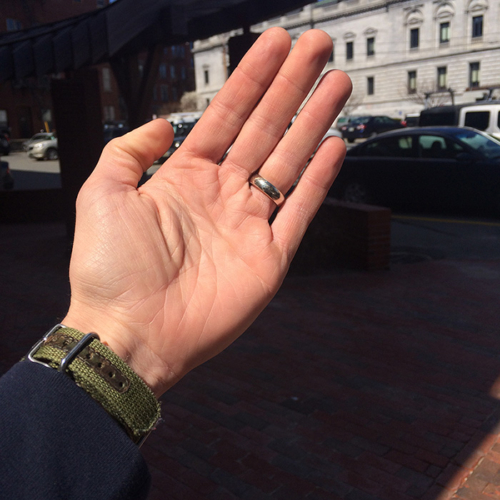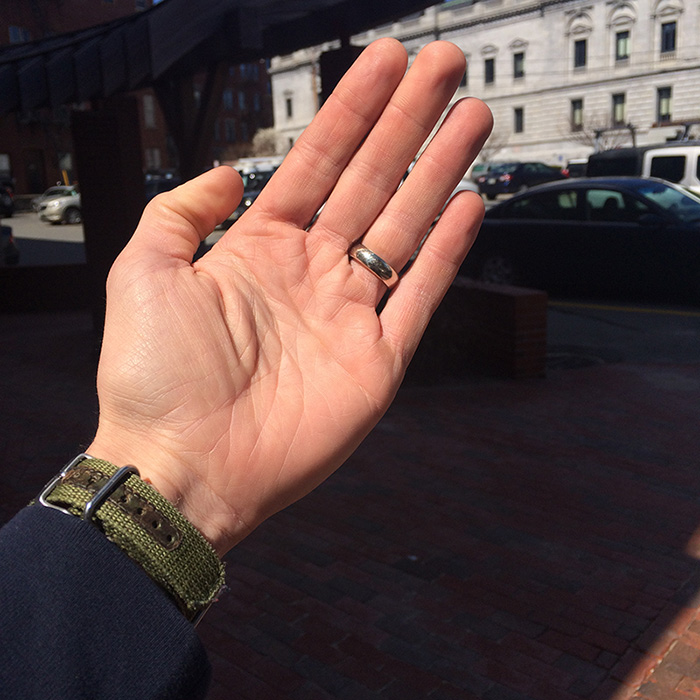
Back in the film days, a light meter was the most ubiquitous piece of equipment found in the bag of any respectable photographer. For years I carried a Gossen Luna Star Pro, which measured ambient and strobe light as well. It served me faithfully until finally, a duct-tape-covered horror with parts hastily soldered back together, it gave up the ghost.
I never replaced it.
I can’t remember the last time I’ve used (or really needed to use) a light meter. Plenty of professionals use them still—in particular in situations where proper exposure is critical, such as studio and product shoots. There are times when having one would make my life easier, perhaps…..But I’ll admit it: I don’t use hand-held light meters. The closest I get is using the built-in meter in my DSLR camera. It serves me well as a starting point when measuring light in reflected light situations.
The built-in meter of a DSLR camera does the best job when the subject is uniformly lit and comprised of tones with a medium reflective value. But let’s be honest—how often is that the case? More likely, you’re photographing someone in a dark coat in the snow, or someone in a white T-shirt with dark woods or a shadowy doorway behind them. These are situations that will seriously fool with your built-in sensor and give incorrect exposure readings.
That’s why so many photographers use a gray card to determine exposure. A gray card is nothing more than a piece of fabric or cardboard that has a gray surface on one side and usually a white surface on the other. The gray side reflects 18% of the light that hits it. Your camera’s meter is calibrated to view a gray card as a neutral (middle) tone, halfway been white and black. Thus if you take a meter reading while pointing your camera at a gray card, you’ll get a reading that you can then apply to your real subject under the same lighting conditions. Next time you’re shooting a person standing in the middle of a snowy field, whip out your gray card, point your lens at the card (filling the frame with the card) and take a reading. Then manually set your camera to match those same settings, recompose your shot with your actual subject, and fire away. You may not get a perfect exposure, but you’ll be close in most situations.
What do you do if you don’t have a gray card, or if you’re in the middle of a location where it’s difficult to use one? Easy. That’s when I use my tried-and-true photojournalist trick: I stick out my hand, palm upturned and fingers together, and use that as my gray card. The skin on your hand isn’t gray, but it will provide a reading close to the proper exposure. I’ve found that opening up my exposure by a half or full stop produces great results.

